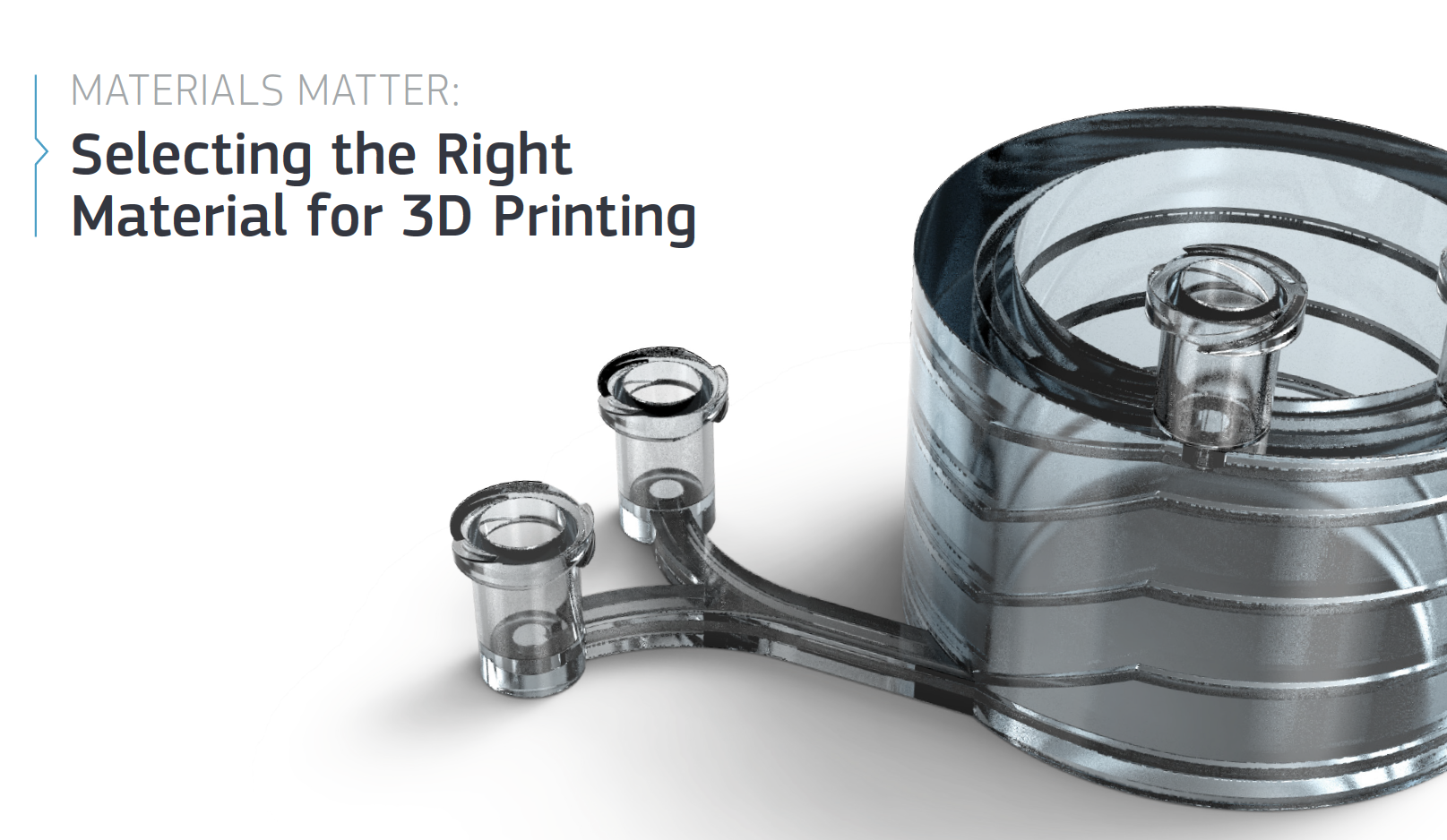
The content of the following has been certified by the CPD Certification Service as conforming to continuing professional development principles.
Materials must be suited to the application in order to have successful results. The properties of any material become increasingly important as a product progresses from concept and functional prototyping to production.
However, material properties can only be evaluated when the manufacturing process is considered. It is the combination of the material and the process that dictates the characteristics.
For example, an alloy processed by die casting has different properties when it is metal injection moulded. Likewise, a thermoplastic will have different properties if it is injection moulded or CNC machined.
Additive manufacturing (AM), or 3D printing, is unique. It is different from all other manufacturing processes, so the material properties and characteristics of parts that it produces are different, even when using a nearly identical alloy or thermoplastic. In terms of material properties, it is not a matter of being better or worse; it is simply important to recognise that the results will be different.
Recognising that there is a difference, the following information will aid in the characterisation, and ultimately the selection, of materials from three widely used industrial 3D printing processes: direct metal laser sintering (DMLS), selective laser sintering (SLS) and stereolithography (SL).










UK Enters ‘Golden Age of Nuclear’
Anybody know why it takes from 2025 to mid 2030's to build a factory-made SMR, by RR? Ten years... has there been no demonstrator either? Do RR...